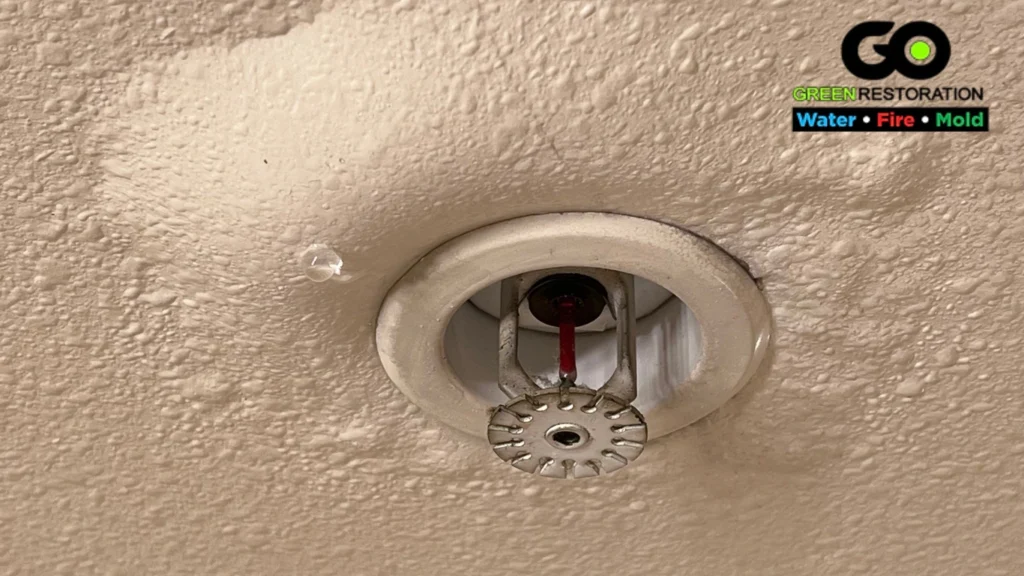A water heater is essential for daily comfort, but when it malfunctions, it can become a major source of emergency water damage. Over time, sediment buildup, corrosion, and pressure fluctuations weaken the tank, increasing the risk of leaks or sudden failures. Many homeowners don’t realize the warning signs—such as rust-colored water, popping noises, or fluctuating temperatures—until their water heater ruptures, sending gallons of water flooding into their home.
Why Pressure Build-Up Leads to Water Damage
Faulty temperature and pressure relief valves are one of the leading causes of water heater-related emergencies. If pressure inside the tank rises beyond safe levels, the unit can burst, releasing an overwhelming amount of water in a short period. This sudden failure can flood basements, damage flooring, and seep into walls, requiring immediate intervention to prevent extensive emergency water damage and costly repairs.
The Hidden Dangers of Slow Leaks
Not all water heater failures happen suddenly—many start as small, unnoticed leaks that gradually cause significant damage. A slow leak can create persistent moisture in enclosed areas, leading to mold growth and structural decay. Damp insulation, warped flooring, and peeling paint are often the first signs of hidden leaks, signaling the need for immediate action before the problem worsens. Professional mold remediation and water damage restoration are often necessary to address these underlying issues.
Preventing Water Heater-Related Water Damage
Regular maintenance is key to preventing emergency water damage from a failing water heater. Flushing the tank, checking pressure valves, and inspecting for leaks can help extend the unit’s lifespan and reduce the risk of unexpected failures. Installing a leak detection system near the water heater provides an added layer of protection, allowing homeowners to shut off the water supply before major flooding occurs. If a failure does happen, professional restoration services ensure fast drying and damage mitigation, preventing further structural and mold-related issues.
Learn more:
How Clogged Drains and Sewer Backups Lead to Emergency Water Damage Situations
Why Hidden Pipe Leaks Are a Leading Cause of Emergency Water Damage

